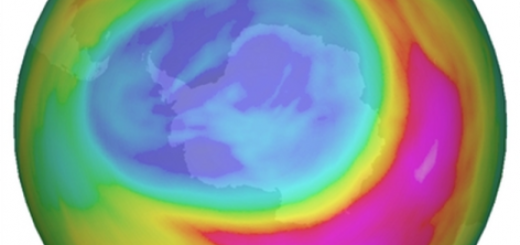NEW STUDY: Urban aerosol size distributions over the Mediterranean city of Barcelona, NE Spain. Atmos. Chem. Phys., 12, 10693–10707, 2012.

Figure 1. Particle size distribution in Barcelona city during 4 scenarios: exhaust emissions, photochemistry, dilution and regional transport of pollutants.
The journal Atmospheric Chemistry and Physics, publishes, vol 12, a new study on analytical techniques for identifying the sources and processes that contribute to the formation of ultrafine particles in urban ambient air. A one year data set of size distribution of fine and ultrafine particles measured in Barcelona is analysed. Statistical tools, such as ‘K-means clustering’ and ‘Positive Matrix Factorization’ are used. According to results, vehicle exahut contribute with 62 – 66% to ultrafine particles, being this contribution slightly higher in the nucleation (34%) than in the Aitken (28-32%) mode. The contribution of photochemical induced new particles formation is low (2%).
This new study was performed by researchers of the Research Council of Spain (IDAEA, CSIC), University of Birmingham (UK) and the Izaña Atmospheric Research Centre (Dr. Sergio Rodríguez).
Publication:
|
Title: Urban aerosol size distributions over the Mediterranean city of Barcelona, NE Spain. Publication: Atmos. Chem. Phys., 12, 10693–10707, 2012. Authors: M. Dall’Osto, D.C.S. Beddows, J. Pey, S. Rodriguez, A. Alastuey, Roy M. Harrison, X. Querol. Link: http://www.atmos-chem-phys.net/12/10693/2012/acp-12-10693-2012.pdf |







